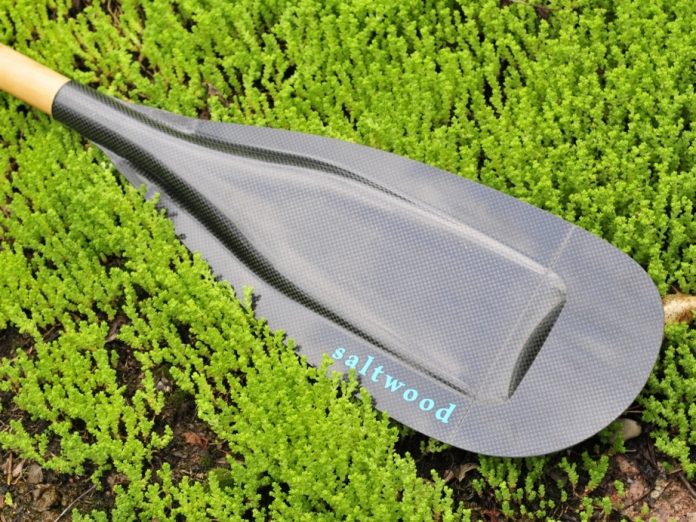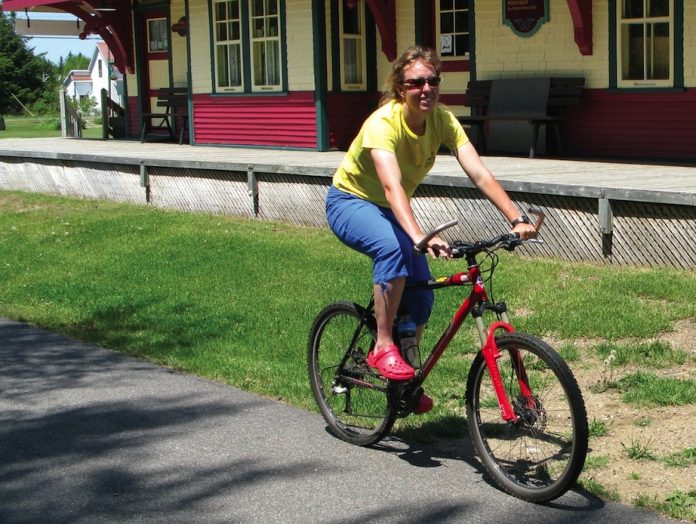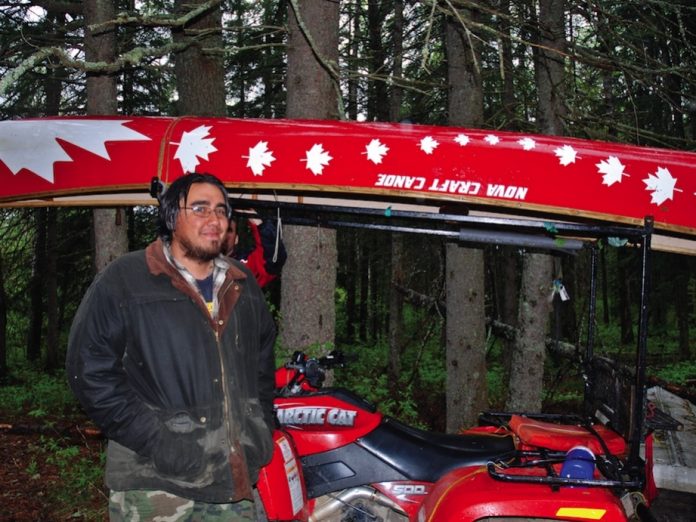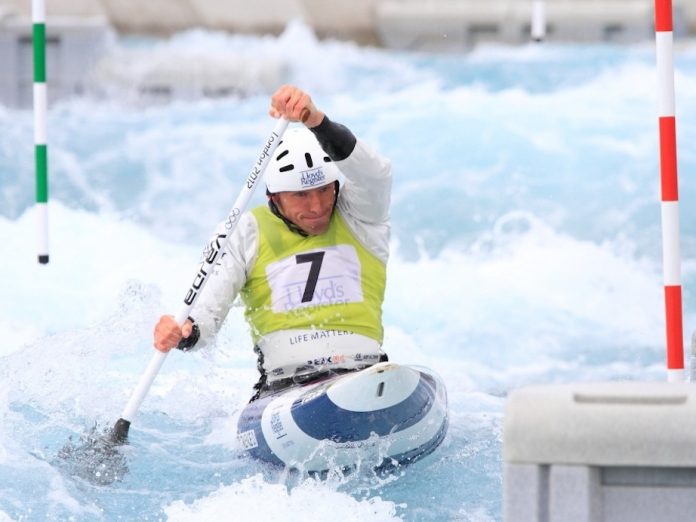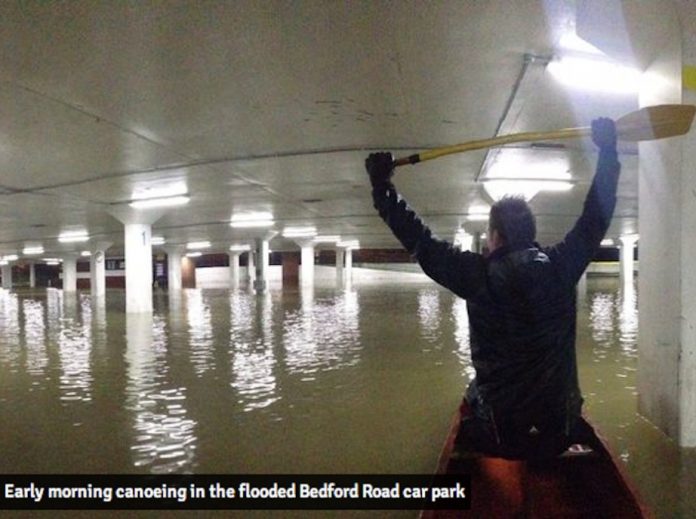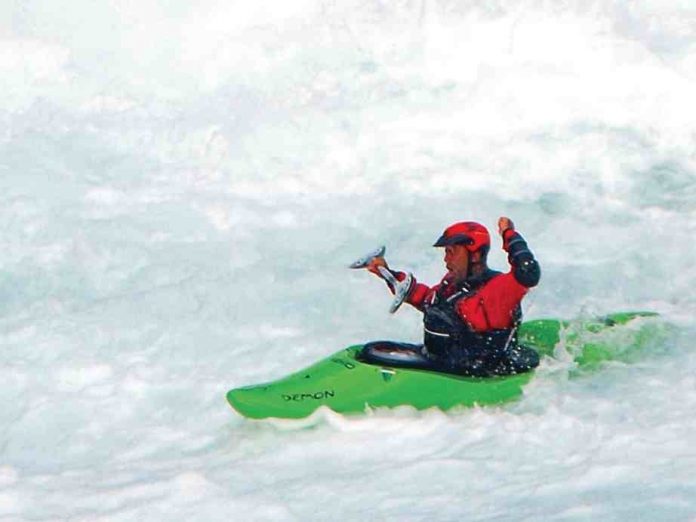It may take a little practice and adjustment to being upside down, but with these tips from the pros, you will be rolling your kayak anywhere.
When Rapid asked two-time Green River Narrows Race champion Andrew Holcombe to recall his most memorable roll, he replied, “Man, that’s all of them, ‘cause anytime you roll it means you’re not swimming!” Quite right.
In the spirit of not swimming, we bring you advice from three seasoned pros on which rolls work best in the gnarliest places. In cheese grater rock gardens, continuous steeps, relentlessly retentive holes and minibus-eating boils. Even in the pounding fury at the base of a towering waterfall. Here’s how to roll anywhere.
Super Shallow Rock Garden
In shallow, class II–III rapids, the sweep roll is your safest bet. Thin water usually means lots of rocks in very close proximity to your head. The sweep roll’s setup position keeps your body close to the surface and protects your face and shoulders, allowing your helmet and PFD to take the brunt of any impacts. Over the years, this roll has saved me a lot of skin and a lot of swims. —Simon Coward
Bottom of Gorilla on the Green
On a continuous, difficult creek like the Green, reaction time is critical. The sweep roll is quick under a wide variety of conditions. Less time upside down generally equals fewer encounters with rocks and means you’ll be upright before the next must-make move or drop. For me, the only exception to automatically setting up for a sweep is if I feel like I can exploit the natural momentum of a flip by doing a back deck roll. — Andrew Holcombe
Stuck in a High Volume Hole
When running big water, it is only a question of time before you get stuck in a retentive hole. In such unfortunate circumstances, my go-to is a back deck roll. Contrary to popular belief, this roll is the safest for your shoulders. When you flip, lean back, keep your elbows tight to your body and wait for pressure on your downstream blade. This technique also tends to keep you higher in the foam pile, which makes it easier to get control and orientation—two things needed to find a way out of the hole. This is how I escaped the Hole that Ate Chicago on the Stikine. —Maximillian Kniewasser
Monster Boils
In powerful boils, lean forward while rolling or you will go right back over. Try to roll through to the other side of the boil, where there is usually more upward water movement. If your first roll doesn’t work, tuck forward and test which side feels better. Boily water changes constantly. A traditional C-to-C combat roll gives a good compromise of leverage and the ability to change sides quickly while leaning forward. Below the big falls on Callaghan Creek, this roll gets me up time and again. — Maximillian Kniewasser
This article originally appeared in Rapid, Spring 2011. Download our free iPad/iPhone/iPod Touch App or Android App or read it here.



